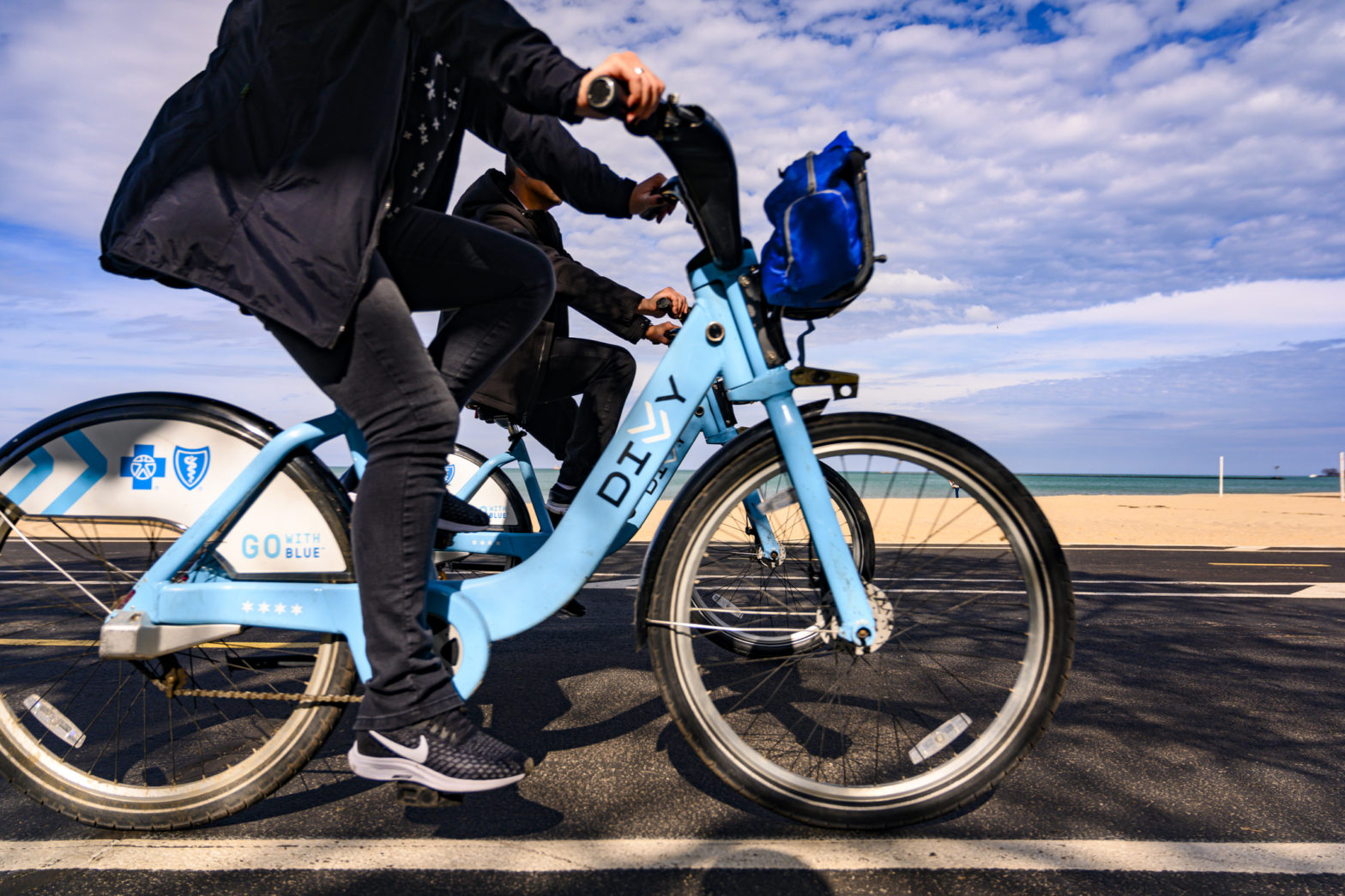
A return to the ‘golden age’ of rail: Amsterdam’s vision
12 November 2024
by Eurocities
By Melanie van der Horst, Deputy Mayor of Amsterdam
The heyday of international airfare may have come and gone. With prices skyrocketing, and people increasingly concerned with sustainability, perhaps it is the right time to return to the age of rail.
In a new form, of course. High-speed rail offers a smart way to move around our continent, and mayors are backing plans to create a comprehensive high-quality rail network to link major European cities and urban centres.
The importance of European competitiveness, highlighted in the recent Draghi Report, underscores the need for the cohesion of European culture and economy, making connections between cities, regions and countries an obvious necessity.
However, these connections must be achieved in a sustainable way, and in line with the EU’s commitment to becoming climate-neutral. High-speed rail strengthens these connections, without the negative impacts of road and air transport.
To make train travel a truly competitive option, it is crucial to level the playing field between rail and aviation, ensuring that trains can effectively replace short-haul flights.
Cities are on board with rail
Although city governments are not responsible for creating rail networks, they have a lot to gain from its implementation.
Amsterdam’s dedication to this goal is demonstrated by its significant investments in the new international train station where the urgency to accelerate this shift is strongly felt.
Aviation generates 13.9 percent of transport emissions in Europe, making it the second biggest source of greenhouse gas emissions in the transport sector, only behind road transport and bringing with it heavy noise pollution.
Comparatively, train travel perfectly demonstrates how competitiveness and sustainability can go hand in hand.
Nonetheless, the impact of fast, efficient train services on local urban mobility must be recognised in city and regional planning. Cities and metropolitan regions often hold the responsibility for local and regional transport planning and services.
They take on the essential task of integrating long-distance rail into their local networks, bringing passengers to and from major rail terminals through their sustainable urban mobility plans and targeted investments.
In Amsterdam, we’re taking proactive steps to integrate our new international train station with local public transport networks, ensuring seamless transitions between long-distance rail and local mobility services.
Testament to this ambition, the Dutch national railway NS has plans to launch its new high-speed train service connecting Amsterdam to Brussels in just over two hours by the end of 2024. The train service will stop at other key mobility hubs like Schiphol Airport, Rotterdam Centraal, and Antwerp’s central train station along the way.
Connecting the dots at the EU level
The development of a comprehensive, pan-European, fast and high-quality rail network poses complex challenges at the political, financial, technical and operational level. While cities are critical hubs for the network, these challenges must be addressed at the European level.
Recently, President of the European Commission, Ursula von der Leyen, tasked the commissioner designate for transport to design a plan to connect European capitals by high-speed rail. In addition, other developments, such as the latest Connecting Europe Facility programming funds, or the implementation of the Action Plan to Boost Long Distance and Cross-border passenger rail services, demonstrate a positive commitment by the EU to invest in this sector.
At city level, we understand that this poses complex political, financial, technical and operational challenges, but believe they are best dealt with at the European level.
That’s why, with other city leaders in the Eurocities network, we ask the EU to:
- Recognise rail transport as a top priority and key driver for fostering EU economic growth, territorial connectivity and integration, and carbon-neutral mobility.
- Encourage and support member states to invest in the development of connectivity between urban and long-distance rail transport through dedicated support for urban nodes authorities.
- Strengthen collaboration between multiple levels of government and sectors involved in railway development and management, including rail network managers, service providers and local and regional authorities.
- Establish a regulatory framework that promotes healthy and fair competition in cross-border high-speed railways, ensuring affordable transport options and seamless cross-border, multi-operator ticketing systems for passengers.
- Support the development of additional night train services, towards a comprehensive network at the European scale, thanks to initiatives regarding railway capacities, increased number of time slots for night connections and the renewal of dedicated rolling stock.
Across EU member states, the railway sector, NGOs and consumer organisations, many voices are united in advocating for increased and faster rail connections between cities and metropolitan regions.
The differences at the regional, national, and even business levels must be urgently and convincingly addressed by EU leaders, making this a strategic priority in the new mandate.
With high-speed rail connecting cities, Europe is on track for a more competitive and sustainable future.








